A pink background has a timeless appeal that transcends trends. It’s elegant, soft, and surprisingly versatile—perfect for both digital design and interior decor. Whether you’re creating graphics, designing a cozy bedroom, or curating an inviting brand aesthetic, pink offers a balance of warmth and sophistication. Depending on the tone—pastel blush, dusty rose, or vibrant fuchsia—it can evoke calm, creativity, or energy.
In this article, we’ll explore how to use a pink background effectively in different contexts, from home decor to design projects, and offer inspiration for incorporating this cheerful hue into your everyday life.
1. The Psychology Behind the Color Pink
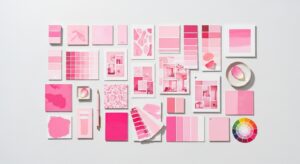
Before diving into design ideas, it’s important to understand what pink represents. Psychologically, pink is associated with compassion, love, and tranquility. Light shades create a calming, nurturing atmosphere, while bold pinks convey confidence and excitement. When used as a background, it can make a space feel cozy or bring vibrancy to visual designs. This emotional versatility makes it an ideal color for both creative and relaxing settings.
2. Pink Backgrounds in Home Decor
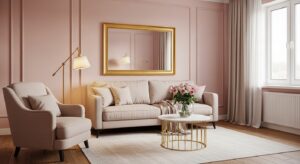
In home decor, a pink background can completely transform a space. Blush walls in a bedroom create a soft, romantic vibe, while muted rose tones in the living room add warmth and depth. If you’re hesitant to commit to full pink walls, incorporate it subtly through wallpaper, textiles, or art. Pairing pink with neutral tones like beige, gray, or white maintains balance, while accents in gold or brass bring a touch of luxury.
Design tip: Try combining pale pink with natural wood elements for a cozy, Scandinavian-inspired look.
3. Pink in Digital and Graphic Design

In digital design, a pink background adds vibrancy and modern appeal. It’s often used in branding, social media graphics, and websites to evoke femininity, creativity, or playfulness. Soft pink backgrounds make product photos pop, while gradient pinks add depth and dynamism to layouts.
Pro tip: Combine pink backgrounds with clean typography and white space for a minimalist yet elegant design.
4. Pairing Pink with Other Colors
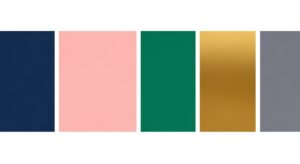
The beauty of a pink background lies in its versatility. Here are a few color pairing ideas:
-
White and Gold: Elegant and timeless. Perfect for modern interiors or brand design.
-
Gray and Blush: Calm and balanced—ideal for bedrooms or minimalist graphics.
-
Navy Blue and Pink: A bold, high-contrast look that’s stylish and sophisticated.
-
Green and Pink: Brings a natural, refreshing energy reminiscent of blooming flowers.
Choosing the right combination depends on the mood you want to create—soft and dreamy or bold and modern.
5. Using Textures and Patterns
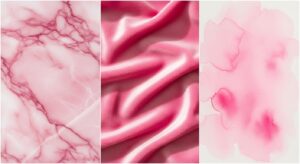
A solid pink background is beautiful, but adding texture or pattern can elevate your design. Try options like watercolor washes, subtle gradients, or geometric prints. For home decor, textured wallpapers, velvet fabrics, or patterned throw pillows add visual interest and dimension. Even digital backgrounds can benefit from soft gradients or grain effects to make them more engaging and dynamic.
6. Pink Backgrounds for Events and Photography
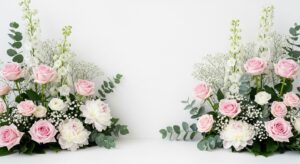
When used in event design or photography, pink backgrounds create a lively, flattering backdrop. They’re popular for weddings, birthday parties, and brand photoshoots because they enhance natural tones and evoke joy. A soft pink wall or draped fabric backdrop works wonderfully for portraits or flat lays, giving your visuals a clean yet playful touch.
7. Pink for Every Style
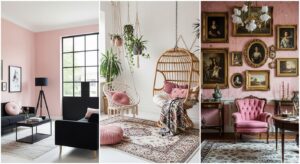
Whether your style is modern, bohemian, or vintage, there’s a shade of pink to suit you.
-
Modern: Try dusty pink with matte black or metallics for a chic, urban vibe.
-
Boho: Pair muted blush with rattan, macrame, and greenery for a relaxed look.
-
Romantic/Vintage: Go for pastel pink with lace, floral prints, or gold frames for timeless charm.
This flexibility makes pink an easy choice for both subtle accents and bold statements.
Final Thoughts
A pink background is more than just a color—it’s a design tool that adds personality, comfort, and warmth. From interiors to digital projects, pink can be calming, uplifting, or energizing depending on how you use it. Whether you prefer minimalist blush tones or vibrant magentas, pink offers endless possibilities for creativity and expression.